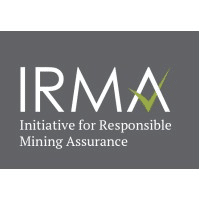The Unidentified Aerial Phenomena Task Force (UAPTF) considered a range of information on UAP described in U.S. military and IC (Intelligence Community). The dataset described in this report is currently limited primarily to U.S. Government reporting of incidents occurring from November 2004 to March 2021, with the majority coming in the last two years as the new reporting mechanism became better known to the military aviation community. Data continues to be collected and analyzed.
Sociocultural stigmas and sensor limitations remain obstacles to collecting data on unidentified aerial phenomena. Narratives from aviators in the operational community and analysts from the military and IC describe disparagement associated with observing UAP, reporting it, or attempting to discuss it with colleagues. Many have commented on the negative effects of silencing conversations on these topics. Although the effects of these making UAPs a taboo topic have lessened as senior members of the scientific, policy, military, and intelligence communities engage on the topic seriously in public, reputational risk may still keep many observers silent, complicating scientific pursuit of the topic.
Unidentified aerial phenomena incidents are resolved they will fall into one of five potential explanatory categories: airborne clutter, natural atmospheric phenomena, USG or U.S. industry developmental programs, foreign adversary systems, and a catchall “other” bin.144 reports from USG sources. Of these, 80 reports involved observation with multiple sensors. Most reports described UAP as objects that interrupted pre-planned training or other military activity. In 18 incidents, described in 21 reports, observers reported unusual UAP movement patterns or flight characteristics. Some UAP appeared to remain stationary in winds aloft, move against the wind, maneuver abruptly, or move at considerable speed, without discernable means of propulsion. In a small number of cases, military aircraft systems processed radio frequency (RF) energy associated with UAP sightings.
UAPTF’s long-term goal is to widen the scope of its work to include additional UAP events documented by a broader swath of USG personnel and technical systems in its analysis. As the dataset increases, the UAPTF’s ability to employ data analytics to detect trends will also improve. The initial focus will be to employ artificial intelligence/machine learning algorithms to cluster and recognize similarities and patterns in features of the data points. The United States Air Force began a six- month pilot program in November 2020 to collect in the most likely areas to encounter UAP and is evaluating how to normalize future collection, reporting, and analysis across the entire Air Force.




